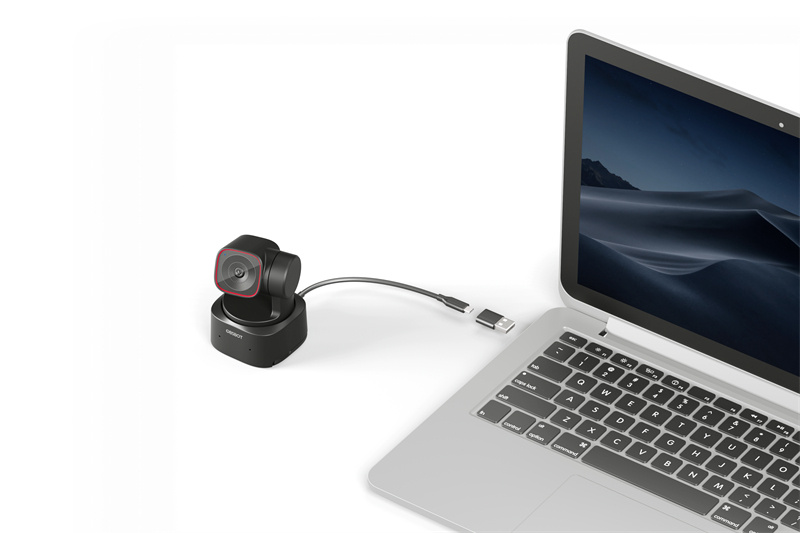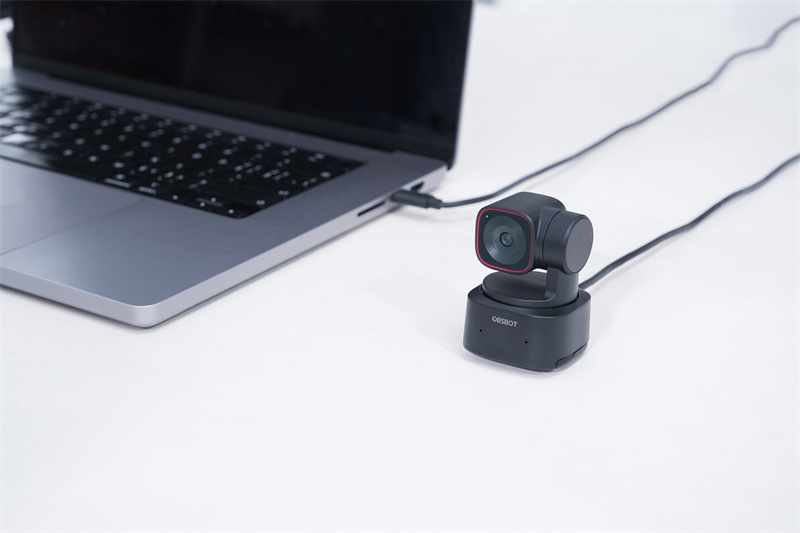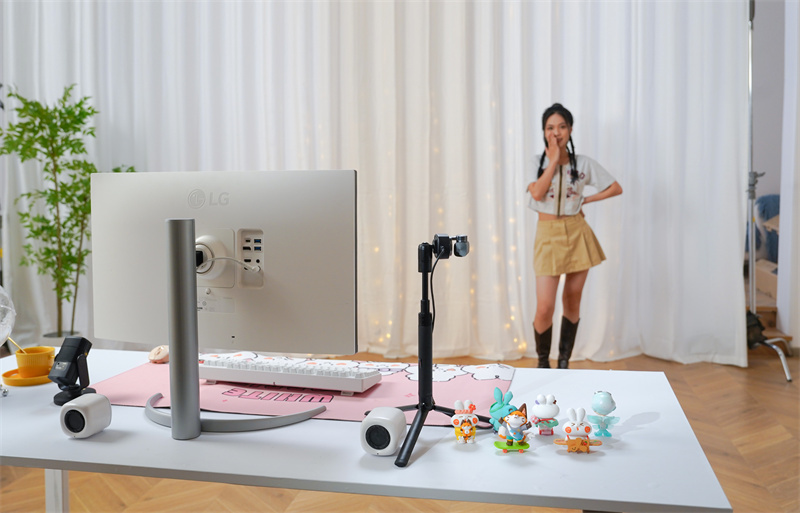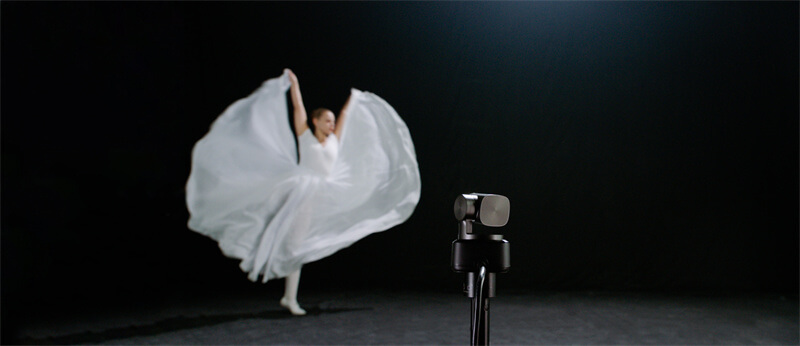4K vs. 1080p: What's the Difference Between 4K and 1080p Videos?
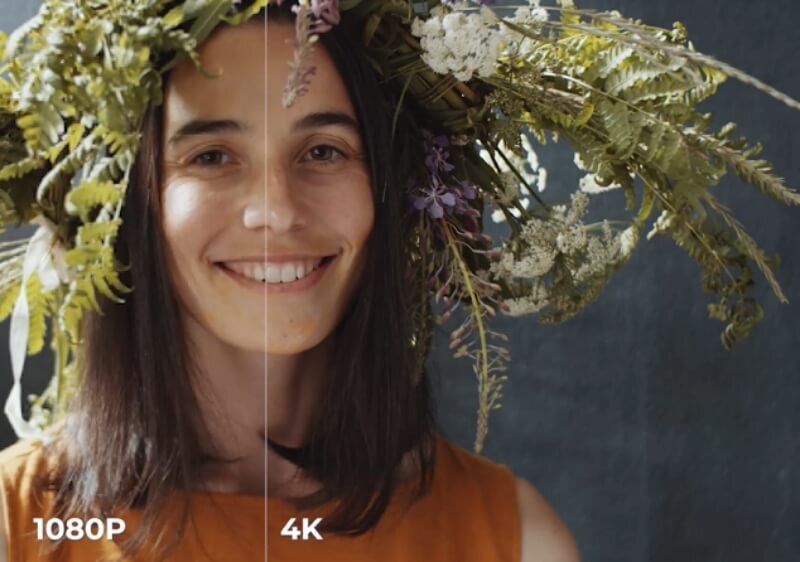
Is there a huge difference between 1080p and 4K video resolution?
Video resolution is the number of pixels contained in each frame. It determines the amount of detail in your video or how realistic and precise the video appears. It's measured by the number of pixels in the standard aspect ratio of 16:9, the most common aspect ratio for television and computer monitors.
A larger number of pixels demonstrates a higher resolution, and a lower number of pixels indicates a lower video resolution. The higher the resolution, the more image detail you get and the more realistic your video will look. This article presents the popular 4K and 1080p video resolutions, as well as a comparison between them.
What Do 4K and 1080p Mean?
Video resolutions refer to the number of pixels that are visible on the screen. It determines the clarity and detail of the image.
1080p (Full HD): 1920 x 1080 pixels, which is equal to approximately 2 million pixels.
4K (Ultra HD): 3840 x 2160 pixels, which is equal to over 8 million pixels.
It means 4K has four times the pixels of 1080p, giving much sharper and clearer pictures.
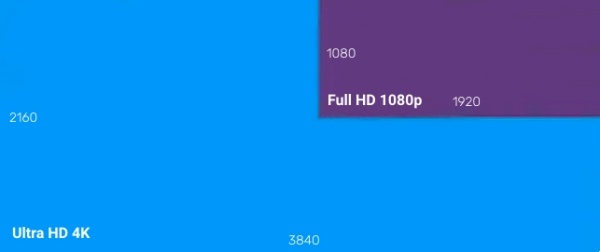
4K vs. 1080p: What's the Difference?
The biggest differences between 4K and 1080P lie in pixel count, image clarity, and content availability.
1080p 4k Comparison
|
Feature |
1080p (Full HD) |
4K (Ultra HD) |
| Resolution |
1920 X 1080 |
3840 x 2160 |
| Total Pixels | ~2 million | ~8 million |
| Image Clarity | Standard | Superior |
| Content Availability | Widely available | Increasingly prevalent |
| Hardware Requirement | Less demanding | More demanding |
Difference between 1080p and 4k
4K, for the most part, deciphers as profoundly itemized, fresh, and cleaner-looking video than 1080p, mainly when played on a 4K screen.
Here is the difference between 1080p (FHD) and 4K (UHD) videos.
Content and Availability
Native 4K content is readily available on most streaming apps, including Netflix, Disney+, and Amazon Prime Video, reflecting the widespread adoption of 4K televisions. Physical video sources such as Blu-ray players and gaming consoles are also beginning to support a 4K resolution. However, for a long time, these sources could only produce a resolution of 1080p.
The standard resolution for Blu-ray discs is 1080p. However, 4K Ultra HD Blu-ray discs are also available now. Since this is an entirely new format, you will need to upgrade your Blu-ray player and your collection of 4K Ultra HD Blu-ray discs. The PS4 and Xbox One had a resolution cap of 1080p when they were first released, but later updates, like the PS4 Pro and Xbox One X/S, and the PS5 and Xbox Series X, added support for 4K resolution.
In the 2020s, 1080p televisions are becoming increasingly difficult to find, and when they are available, they are typically constrained to being small and inexpensive models. Because 4K televisions are typically only manufactured in larger sizes, you will most likely be required to purchase a 1080p model if you want a small TV due to space constraints.
HDR
Around the same time that 4K televisions began to gain popularity, HDR, an abbreviation for high dynamic range, also began to gain popularity. Although frequently marketed together, it has no connection with the resolution but refers to the colors and luminance of the image. It gives those who create content the ability to use a wider variety of colors and levels of brightness, which contributes to an improvement in the picture quality and produces colors that are deeper and more vibrant.
There are many different HDR formats, and you might see some businesses advertising 4K HDR. However, a TV that can support HDR does not guarantee that it will look good on the TV. Many factors may affect the picture quality. You will need to purchase a 4K TV if you want to watch your preferred HDR content because most 1080p TVs do not even support HDR.
Viewing Distance
Human eyes have a limited range of perception. Sitting too far away from your television will prevent you from being able to make out all of the finer details in the image.
If you sit too far from a 4K television, the picture may look similar to what you would get on a TV with a lower-resolution screen. You can discern a discernible difference if you sit close to a television with a large screen. To clarify, this does not imply that you won't notice any difference if you move further away. Rather, it indicates that the difference won't be particularly noticeable. Although 4K resolution won't offer many advantages after a certain distance, the quality will be much higher when viewed up close.
Part 3: Which of Them is Better: 4K Vs 1080p?
When choosing between 4K and 1080p, the decision depends on your needs—whether it's for streaming, gaming, or everyday use. Let’s break down the key differences to help you decide.
4k webcam VS. 1080p webcam
A sharp, high-quality webcam enhances video calls and content creation. But is 4K worth the upgrade over 1080p? We compare resolution, clarity, and practicality.
|
Feature |
1080p (Full HD) |
4K (Ultra HD) |
| Pros |
|
|
| Cons |
|
|
Recommendation:
If you're a professional seeking superior video quality, the OBSBOT Tiny 2 is a top-notch 4K webcam offering AI-powered tracking and exceptional image clarity.
Features of OBSBOT Tiny 4K:
- Ultra Large 1/1.5'' CMOS in Webcam
- Delivers 4K Ultra HD videos at 30 fps and 1080p Full HD videos at 60 fps
- Intelligent AI tracking and Auto-framing
- Advanced Gesture Control
- Voice Control
- Focus: Auto Focus & Face Focus
- Dedicated App
4K vs 1080p TV
TV shopping can be overwhelming with so many resolution options. Does 4K deliver a noticeably better experience than 1080p? The answer is yes!
|
Feature |
1080p (Full HD) |
4K (Ultra HD) |
| Picture Quality & Detail |
|
|
| Viewing Distance |
1080p TVs are fine if you sit farther away (beyond 8-10 feet for a 55" TV), as the resolution difference becomes less noticeable. |
4K TVs shine when viewed closer (within 5-7 feet for a 55" screen). At longer distances, the human eye may not notice the extra detail. |
| Content Availability |
roadcast TV & Cable still mostly air in 1080p or even 720p, so upscaling is often needed. |
|
| Price & Budget |
1080p TVs are cheaper (under 200−300 for smaller sizes) but are becoming rare in larger screen sizes. |
4K TVs are now affordable, with budget models starting around 300−500 for a 55" screen. |
While 4K is the clear winner for most buyers thanks to sharper visuals and better HDR, 1080p still works for budget setups or smaller screens. If you're upgrading, 4K is the way to go, especially with prices dropping and content becoming more available.
4K vs. 1080p Monitor
For work, gaming, or creative tasks, monitor resolution matters. Is 4K the best choice, or does 1080p still hold up? Let's explore the differences.
1. Image Quality & Sharpness
- 4K: Offers four times the pixels of 1080p, resulting in razor-sharp text, smoother graphics, and finer details—ideal for photo/video editing and high-end gaming.
- 1080p: Still looks good on smaller screens (24" or below) but appears pixelated on larger monitors (27" and up).
2. Productivity & Multitasking
- 4K: More screen real estate means better multitasking—multiple windows, spreadsheets, and design tools fit comfortably without scaling issues.
- 1080p: Works well for basic office tasks but feels cramped for heavy productivity or creative workflows.
3. Gaming Performance
- 4K: Delivers breathtaking visuals but demands a powerful GPU (e.g., RTX 3080 or higher) for smooth gameplay at high settings.
- 1080p: Easier to run at high frame rates (144Hz+), making it the go-to choice for competitive esports and budget gaming.
4. Content Creation & Media Work
- 4K: Essential for professional video editing, 3D rendering, and graphic design, as it provides precise detail and accurate color representation.
- 1080p: Suitable for casual editing but lacks the fine detail needed for high-end creative work.
5. Price & Hardware Requirements
- 4K Monitors: More expensive and require stronger GPUs, making them a bigger investment.
- 1080p Monitors: Affordable and work well with mid-range PCs, offering better value for budget-conscious users.
Conclusion
- Go for 4K if: You prioritize visual fidelity, work in design/video editing, or have a high-end gaming PC.
- Stick with 1080p if: You want high refresh rates for gaming, have budget constraints, or use a smaller screen.
Is 4K Really Better than 1080p?
1080p or 4K, which is better?
What makes 4K resolution preferable is that with the utilization of ever-bigger television screen sizes and video projectors, it gives considerably more definite pictures than 1080p. 1080p gazes up to around 65 inches and can, in any case, do a great search in bigger screen sizes. However, 4K can convey a far better-looking picture as screen sizes keep expanding.
Is 1080p good, and should I shoot with 4K or 1080p?
Regardless of whether you down-sample your 4K video later, the more excellent one will, in any case, be recognizably unique - and over the long haul, you will love getting going with a higher resolution.
When you have the choice to shoot with a 4K camera or webcam, we recommend that you have adequate internal storage and battery power.
Conclusion
This article explains the difference between 4K and 1080p and also the 4K vs. 1080p comparison. There are a lot of UHD and FHD cameras and webcams out there, but if you need the best video recording with an excellent microphone, the OBSBOT Tiny 2webcam offers you just that. It is a perfect 4K webcam with dual microphones for Zoom, Skype, TikTok, YouTube, etc.
